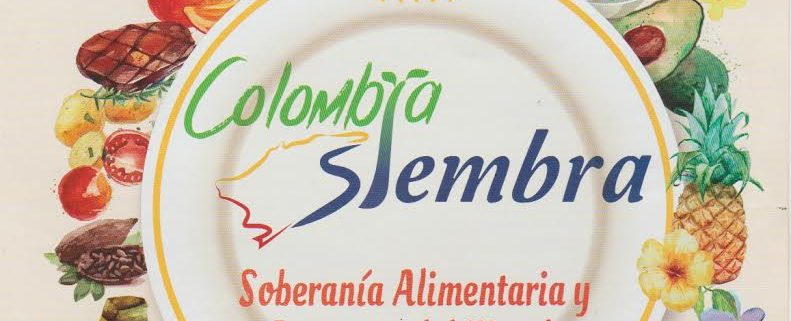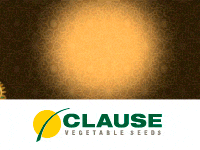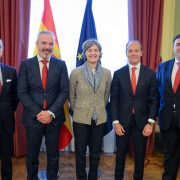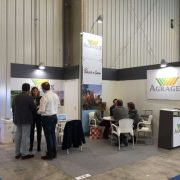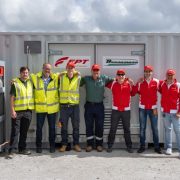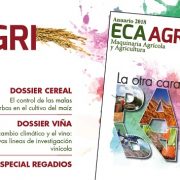Magical realism of Colombia Seeding
By Elisa Plumed
Colombia is magical realism, also in its agricultural sector. The coming-of Siembra Colombia (main project of the Ministry of Agriculture and Rural Development) was held under the slogan “Food Sovereignty and pantry in the world”, something that leaves to be curious.
Why? Because both terms can be antagonistic as they refer to two different and almost opposite of agricultural production concepts. Although, of course, in one million hectares this plan aims to put into production everything is possible! And if that large land area is in Colombia, I denlo for granted!
Food sovereignty
Food Sovereignty (not “food security) is a term swashbuckling defended by Via Campesina, the international movement which brings together millions of peasants, small and medium producers, people without land, indigenous people, migrants and agricultural workers whose voices often get noticed in the world summits of the World Trade Organization (WTO).
According to the Framework Law on the Right to Food, Food Security and Sovereignty, adopted in December 2012 by the Ordinary Assembly of the Latin American Parliament, is understood as food sovereignty, “the right of a country to define their own sustainable policies and strategies of production, distribution and consumption of food that guarantee the right to safe and nutritious food for all people, respecting their own cultures and the diversity of production systems, marketing and management of rural areas “. This is also as understood by the Ministry of Agriculture of Colombia.
However, in another discussion paper commissioned by FAO on the terms of sovereignty and food security (by Mexican economists Gustavo Gordillo de Anda and Obed Mendez Jerome), goes further and states that “the concept of food sovereignty It is clearly aimed, first, to small-scale agriculture (is understood that here are including livestock, forestry and fisheries), nonindustrial, preferably organic, which takes the concept of agro-ecology “.
In this sense, this definition is based more on the concept advocated by Via Campensina (which according to Wikipedia is the one who introduced the term food sovereignty FAO) and which advocates local agricultural production to feed the population, free access to seeds, the fight against GMOs, …
World’s pantry
Faced with food sovereignty (of farmers) could locate the other two technological standards established in the specialized and more common in agribusiness literature: the so-called industrial agriculture based on the intensive use of fossil fuels, chemical substances and monocultures; biotechnology and agriculture, one of its parts make GMOs.
The objectives of Colombia Siembra are, first, increase agricultural supply to ensure food supply in the country and reduce imports, and secondly, increase production yields to encourage agricultural exports, promote agricultural business and strengthen the development technological field.
To this end, in addition to increasing livestock and aquaculture production it is to plant 300,000 hectares of corn, soybean 53,000 60,000 200,000 cocoa and palm oil. To this 58,000 200,000 hectares of fruit and forest productions they are added.
All these productions can be more or less industrial, depending on how it is grown, manufacturen and distributed. If the players are small producers who work with indigenous crops (organic or not), but following cultural farming techniques that care for the environment, Colombia Seeding will be closer to food sovereignty.
If on the other hand, those who carry out this plan are large agribusinesses that use GMO seeds to produce faster a lot of crop that can be exported, it will be an industrial agriculture.
Both models are equally valid but correspond to two agricultural philosophies practically exclusive. While one million hectares are many, and if they are in Colombia, why not advocate magical realism in the agricultural sector?




